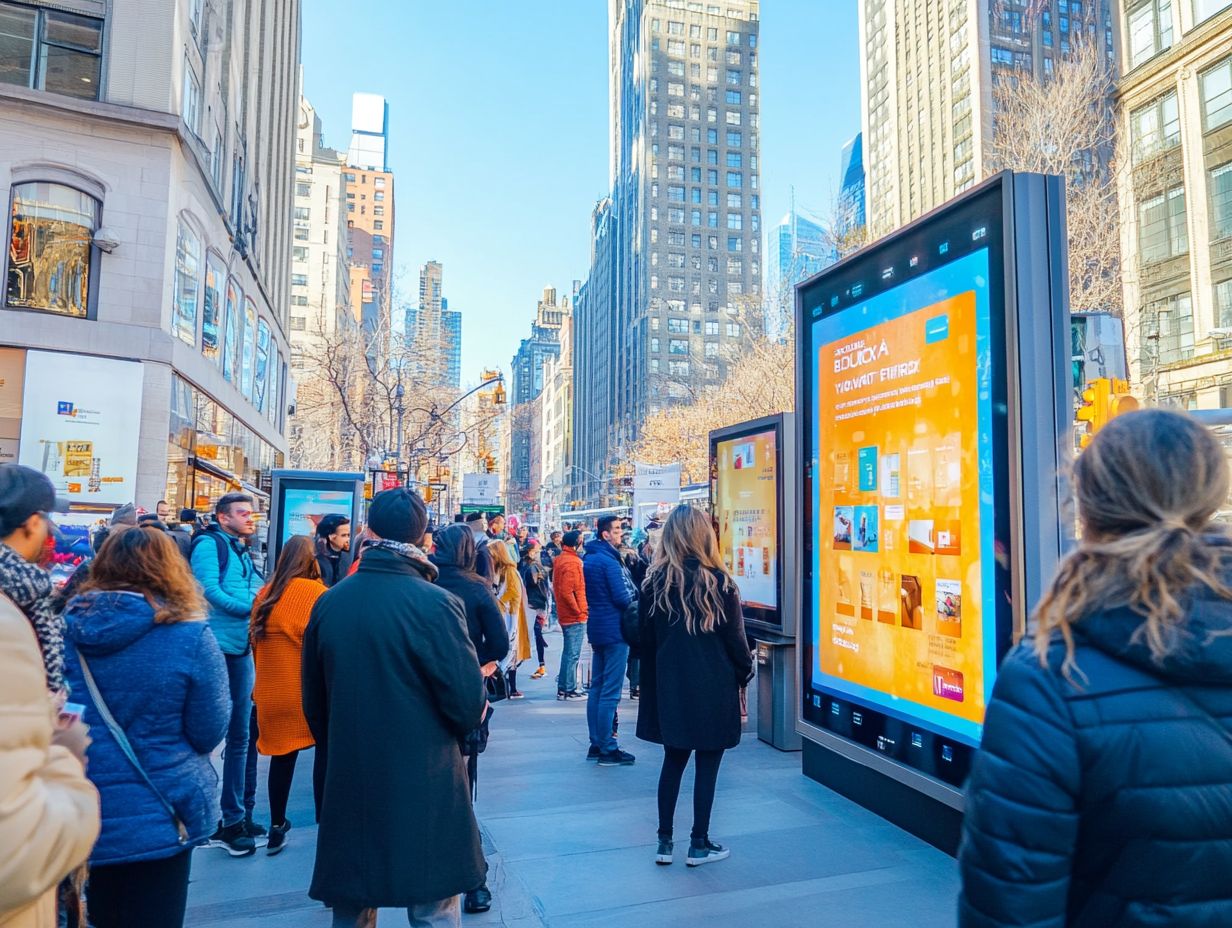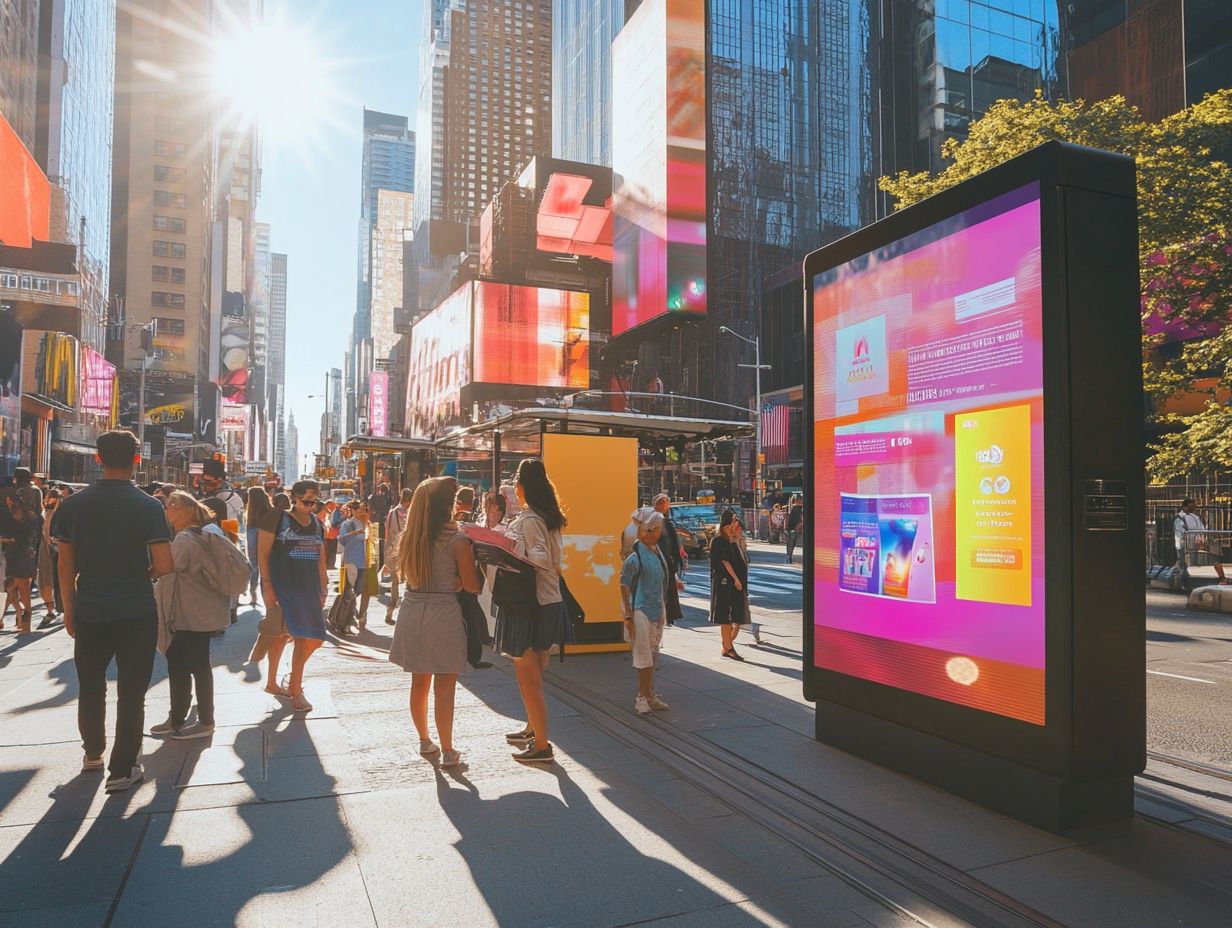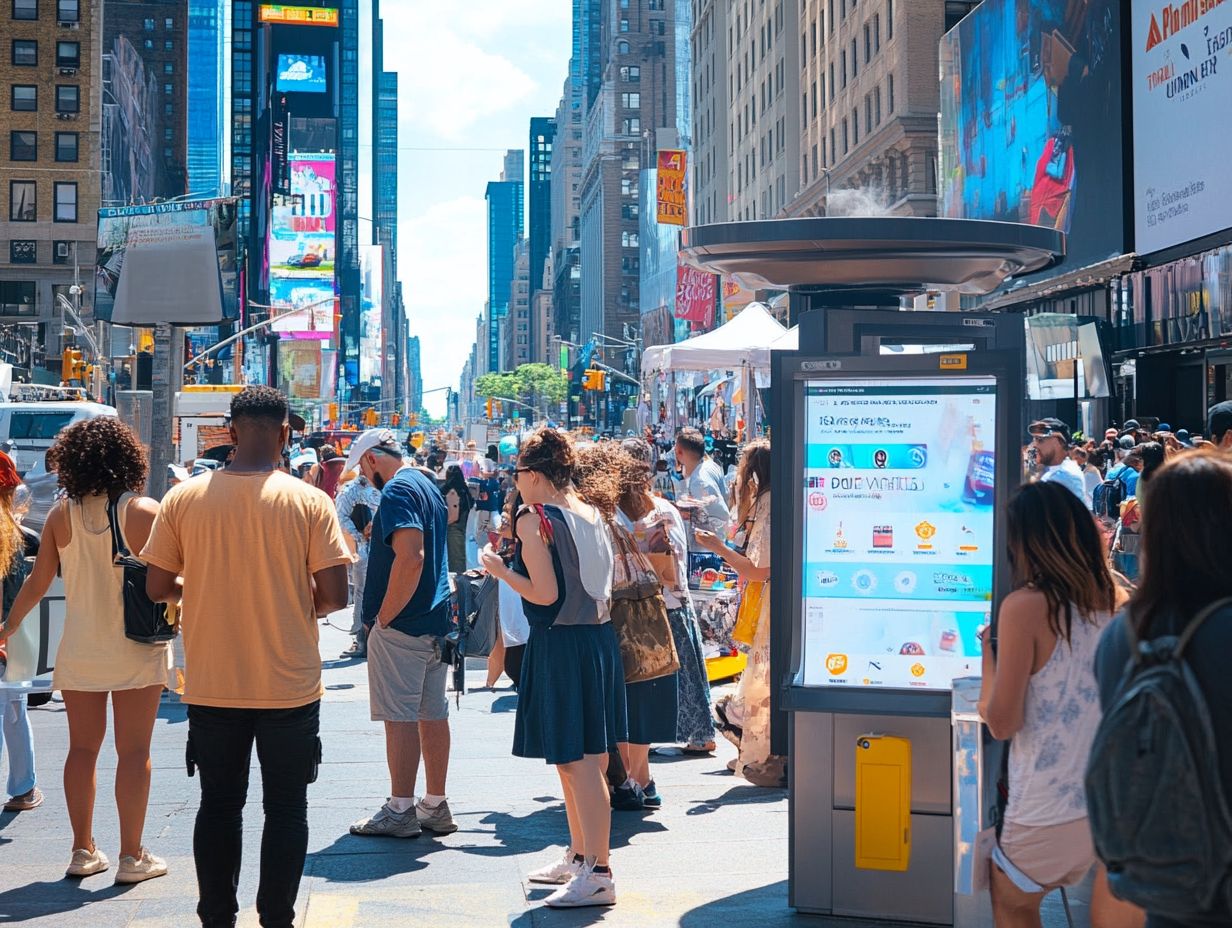Brand activations are a crucial strategy for fostering meaningful consumer engagement and enhancing brand awareness in today’s competitive marketplace. By understanding brand activations and their significance, companies can establish stronger connections with their consumers and improve brand loyalty. This article delves into the importance of foot traffic data and location intelligence for brand activations, discussing how to collect and analyze this data through data analytics and how these insights can be utilized to develop effective brand activation campaigns. It also includes case studies and best practices aimed at enhancing consumer engagement and optimizing marketing strategy.
The Importance of Brand Activations

Brand activations are strategic initiatives aimed at engaging consumers directly, fostering memorable experiences that deepen the connection between the brand and its target audience.
By utilizing experiential marketing and audience insights, companies can leverage insights into consumer behavior to boost brand awareness and enhance their presence in the marketplace.
Effective activations play a vital role in reinforcing brand loyalty and delivering tailored messaging that resonates with the community, ultimately maximizing customer engagement and improving sales performance.
Furthermore, successful brand activations can lead to improved sales performance and strengthen the overall marketing strategy by seamlessly integrating with promotional campaigns, public relations, and offline marketing efforts.
Defining Brand Activations and Their Impact
Brand activations are innovative marketing strategies designed to foster interactions between a brand and its consumers, creating a dynamic brand experience. These activations can encompass live events, promotions, or interactive campaigns, and their success is measured through engagement metrics, consumer insight surveys, and ROI measurement.
By leveraging immersive experiences and experiential events, brands aim to create memorable moments that resonate with consumers, enhancing both consumer engagement and brand affinity. This emotional connection allows individuals to align more closely with the brand’s purpose and message, driving experiential experiences.
Utilizing mechanisms such as social media integrations, influencer marketing, and gamification facilitates deeper interactions during activations. Over time, consistent engagement with these activations can lead to lasting effects on consumers, resulting not only in immediate purchases but also in long-term brand loyalty and improved brand perception.
Brands assess the effectiveness of their activations through key performance indicators (KPIs) such as reach, frequency, site traffic, and conversion rates.
Using Foot Traffic Data for Brand Activations

Foot traffic data plays a crucial role in brand activation design as it is utilized in location intelligence, geospatial analytics, and data analytics, which allow brands to analyze visitor trends and traffic patterns.
These tools provide valuable insights into consumer behavior, consumer preferences, and promotional effectiveness, enabling brands to create more effective activations. Additionally, demographic analysis through in-store analytics and customer demographics serves as another important tool for examining foot traffic data. By understanding demographic insights and audience targeting, brands can enhance their activation strategies.
The ability to analyze visitor trends, shopping patterns, and traffic patterns allows brands to optimize their marketing strategies and improve consumer engagement effectively.
Collecting and Analyzing Foot Traffic Data
Collecting and analyzing foot traffic data is a crucial aspect of a brand’s strategy to enhance marketing initiatives and boost customer engagement. This process involves using analytics tools that gather real-time data on visitor behavior, traffic patterns, and customer segmentation, allowing brands to make informed decisions based on accurate information and site selection.
To ensure they obtain the necessary insights, brands utilize various technologies, including Wi-Fi analytics, mobile location services, and proximity sensors, which can track foot traffic and location tracking with high precision. Maintaining the accuracy of this data is essential, as misunderstandings can obscure trends, behavioral patterns, and pain points within a retail environment.
The foot traffic data is subsequently analyzed through software that reveals patterns over time, helping brands identify peak shopping times, customer dwell time, and conversion rates. Armed with this information, brands can strategically align their marketing initiatives and brand activations, placing advertisements, visual merchandising, and promotional events at optimal times and locations to increase customer engagement and ultimately drive sales.
How Foot Traffic Data Informs Brand Activations

Foot traffic data is crucial for brand activations, as it provides valuable consumer insights and an understanding of traffic patterns within retail environments, aiding in event marketing. This data can be utilized to optimize marketing efforts, enhance sales performance, measure the success of specific events, and improve promotional activities.
For instance, a large beverage company launched a summer campaign that aligned with peak foot traffic times in a popular downtown area. By analyzing real-time data that indicated consumers frequently passed through the area during lunch hours, the company set up an interactive booth offering free samples, resulting in a significant increase in sales at nearby retailers.
Successful brands are increasingly relying on foot traffic analytics and location-based services to identify the best locations for pop-up stores, ensuring engagement with their target audiences. By regularly monitoring these insights, brands can optimize their activations, adjust their marketing strategies, and ultimately create a more engaging and rewarding consumer experience that fosters loyalty and enhances brand identity.
Examples of Successful Brand Activations Using Foot Traffic Data
Case studies of successful brand activations that utilize foot traffic data and market research reveal effective strategies for engaging consumers and enhancing brand experiences.
These examples illustrate how brands have leveraged traffic analysis, consumer behavior data, and audience insights to develop impactful event marketing campaigns that resonate with their audiences while maximizing the effectiveness of their promotions.
Case Studies and Results

This section will present several case studies demonstrating the outcomes of strategic brand activations informed by foot traffic data. These examples will illustrate how brands have leveraged consumer insights and marketing analytics to develop engagement strategies that foster brand loyalty and drive sales.
By analyzing patterns in consumer behavior, foot traffic trends, and audience insights, these brands effectively targeted their marketing efforts, ensuring they reached their desired audiences at optimal times. Notably, results were particularly evident in retail environments where brands successfully implemented pop-up experiences during peak foot traffic periods based on insights obtained from location-based data and spatial analysis.
This information not only guided promotional strategies but also influenced store layouts and product placements, ultimately enhancing the overall customer experience.
The case studies reveal that integrated campaigns utilizing real-time foot traffic analytics and data visualization led to significant increases in sales and brand awareness, underscoring the importance of data-driven marketing in an ever-evolving marketplace.
Best Practices for Utilizing Foot Traffic Data in Brand Activations
Implementing best practices for foot traffic data allows brands to enhance their brand activations, optimize promotion optimization, and maximize their marketing strategies.
By understanding engagement metrics and applying insights from foot traffic and customer journey, brands can create more effective and targeted promotional campaigns.
Tips for Maximizing the Effectiveness of Brand Activations
To improve the effectiveness of their brand activations, brands should focus on enhancing customer engagement through data-well-considered choices, strategic planning, and innovative experiential marketing techniques.
By closely examining customer feedback, consumer insights, and integrating these insights into their campaigns, brands can craft more personalized experiences. Utilizing data analytics and behavioral patterns to identify trends and preferences allows for the creation of customized campaigns and enables brands to make immediate adjustments to activations, ensuring they remain timely and appealing.
Experiential marketing techniques, which involve immersive experiences, user engagement, and interactive features, help brands capture consumers’ interest and foster genuine relationships.
The combination of these strategies enables brands to build a loyal customer base, improve customer retention, and drive measurable results.






